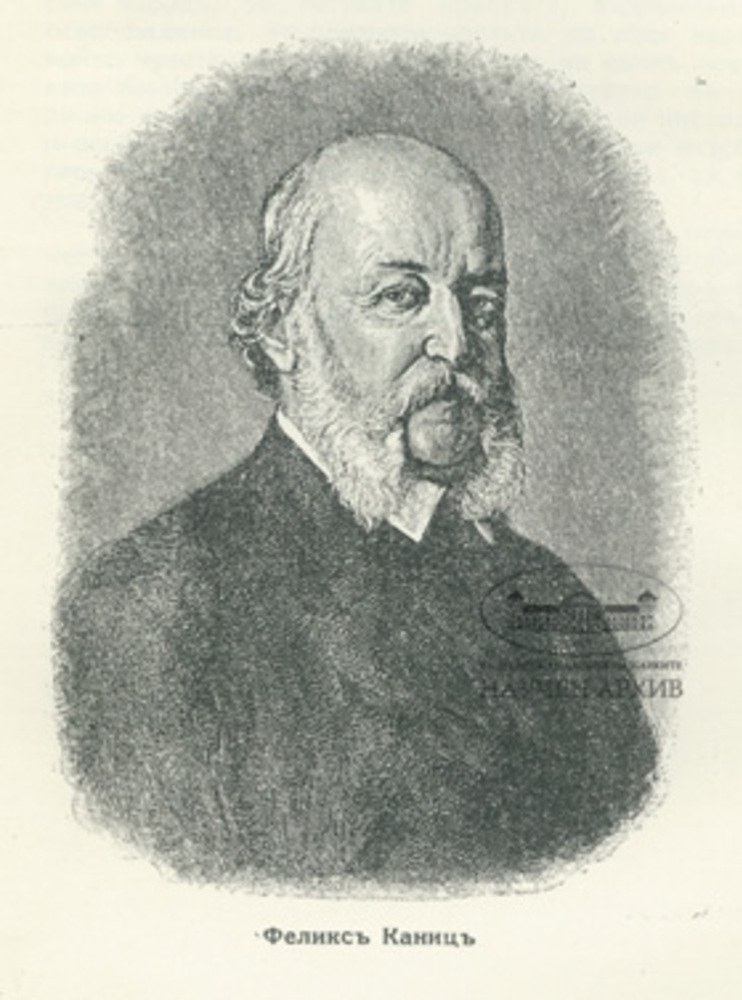site.btaFelix Kanitz, the "Columbus of the Balkans"


Felix Philipp Kanitz (2 August 1829 - 8 January 1904) was an Austro-Hungarian traveller and ethnographer, whose travels earned him the flattering nickname "Columbus of the Balkans".
/RY/
news.modal.header
news.modal.text